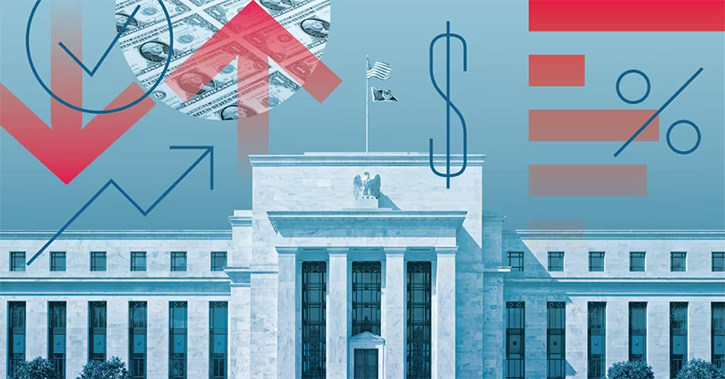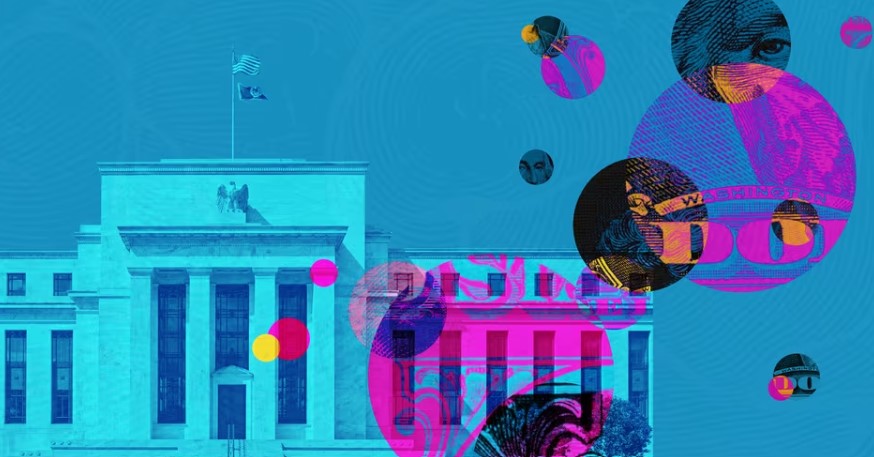Emma Wall: Hello, and welcome to Morningstar. I'm Emma Wall and I'm joined today by Michael Hasenstab to talk about the future of the bond market. Hello, Michael.
Michael Hasenstab: Hi.
Wall: So this week we have had a Fed rate hike, which has actually been received in rather muted language, especially by the media and by some investors, saying, yes, we've had a rate hike, but we won't have any other this year despite what [Janet] Yellen has said. What do you think about this reaction?
Hasenstab: I think it speaks to a bigger issue, that people are very complacent about interest rate risk and the risks of the bond market. If you look at the underlying fundamentals, inflation is rising, growth is resilient. President Trump's proposals all are stimulative for both growth and inflation. So maybe the Fed hikes tomorrow, maybe they don't. But the reality is, either they hike and normalize and prevent getting behind the curve and or the market will do it for them. Either way, interest rates need to go higher.
Wall: I think we've heard a lot about this bond bubble set to burst. I think I first wrote a story with that headline about six years ago. Why now? What is the perfect storm which means people need to set up and take notice?
Hasenstab: I think we've crossed the tipping point in terms of the employment market in the U.S. We're actually starting to see wage growth; we're seeing shortages in the labour market; the number of job openings is greater than companies are actually able to find labour. And particularly, in the U.S. the change in immigration policy is going to lead to further shortages in labour. And the economy has now recovered in terms of its output levels from the crisis. So, we're running at full growth potential. And you now have a very stimulative government policy in the pipeline in terms of tax cuts, deregulation, fiscal spending, all this at the same time that you have a pro-cyclical Federal Reserve that is stimulating as well.
Wall: And the U.S. is a large part of the market, but it's not the entire fixed income sphere. So does that mean perhaps people need to look outside of U.S.-listed bonds in order to get some growth?
Hasenstab: Absolutely. People often view emerging markets as risky. The reality is, there are risks, but in emerging markets, in many cases, you're actually getting paid for those risks. You can actually earn, in many cases, double-digit nominal yields in places like Brazil or Argentina. Not to say there aren't risks, but at least the compensation is there and they are less correlated with what's going on in some of the core markets.
Wall: And this is something that we've seen since the financial crisis, individuals being forced to take on more risk in order to get the financial reward that they would like. How long does this environment last?
Hasenstab: I think that is a very dangerous thing, that people are buying just because there's nothing else to buy in the government market. I would say the difference in emerging market local currency debt is that it's already blown up. For the last three years, it's been the worst-performing asset class. So you have a window of opportunity here where valuations are cheap, but the fundamentals actually look good. Now, eventually, that will reprice, but for the next probably one to two years, it's actually one of the few areas of value left in any of the financial markets.
Wall: Michael, thank you very much.
Hasenstab: My pleasure.
Wall: This is Emma Wall for Morningstar. Thank you for watching.




















